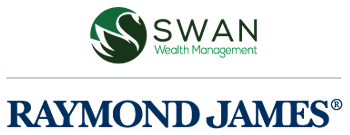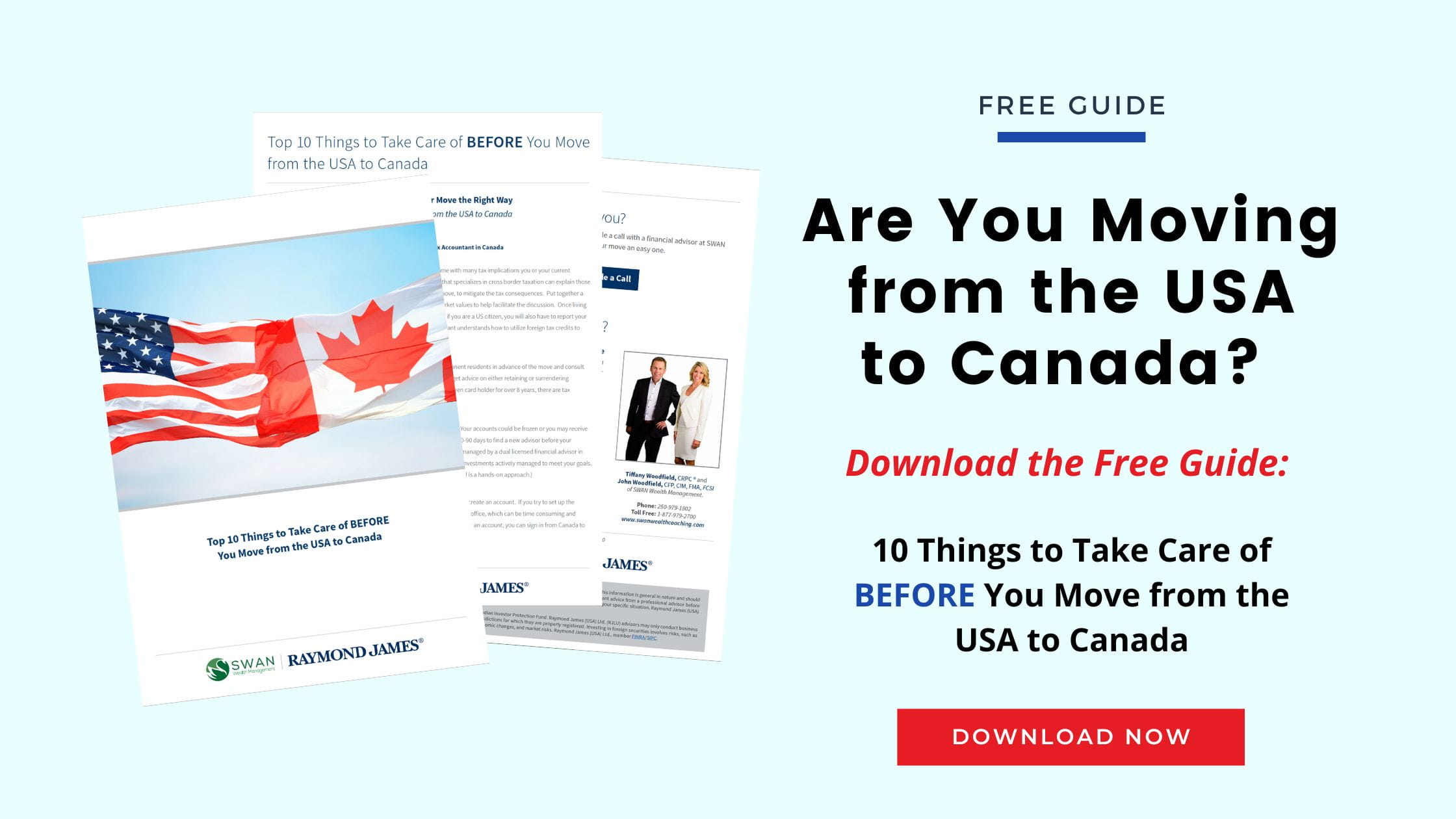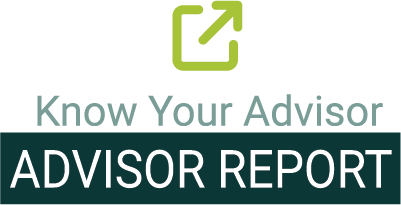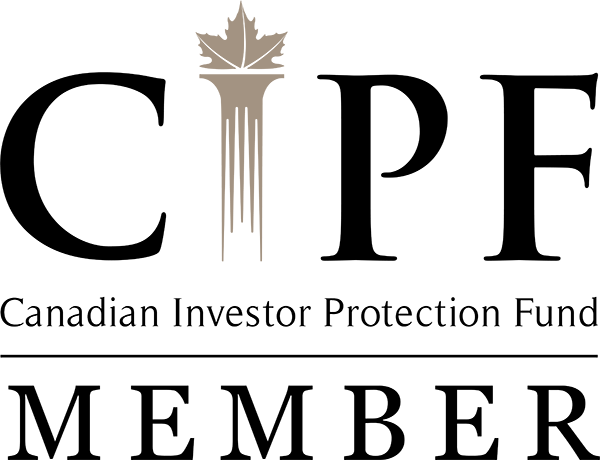How to Retire in Canada
Written by Tiffany Woodfield, TEP, Associate Portfolio Manager, CRPC®, CIM®
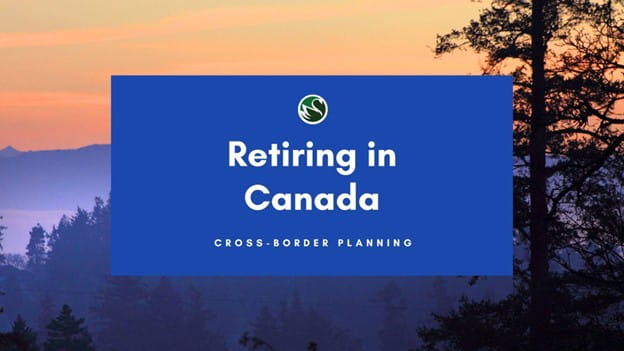
Retiring in Canada requires careful planning.
Whether you are a Canadian, an American living in Canada, or have moved back after time abroad, here are 10 steps to help you retire with confidence. Retirement isn’t just a date on a calendar—it’s a new chapter that needs clear steps and thoughtful decisions.
The right plan can help you enjoy peace of mind, while the wrong one may lead to unwanted surprises. Each decision you make now will shape the quality of your retirement years.
Let’s walk through the 10 key steps to get you started on the right path.
1. Decide When You Want to Retire
Your retirement date sets the pace for everything else.
Think of it as setting your GPS before a road trip—without a clear destination, it's hard to map out the route. Some people aim for 60, others wait until 70.
Your age at retirement affects your government benefits, tax planning, and how long your savings need to last. Choosing a timeline helps your financial advisor create a plan that fits your lifestyle, goals, and health expectations.
If you're a dual citizen or recently moved back to Canada, this decision can be more layered, especially with cross-border assets or pensions.
2. Estimate Your Retirement Expenses
Knowing how much you’ll spend is key to knowing how much you’ll need.
Start by writing down what you spend today. Then think about how those costs may change.
Will you travel more? Downsize your home? Take up a new hobby?
Many people forget to include healthcare costs, especially if they’ve lived in the U.S., where private insurance is common. In Canada, public healthcare helps, but extra coverage and out-of-pocket costs still add up. Estimating expenses can help avoid financial stress down the road—and it’s one of the most important steps your cross-border advisor will walk through with you.
3. Know Where Your Income Will Come From
A solid retirement plan connects the dots between income and lifestyle.
Your income may come from several sources. Each one plays a different role in your financial picture, especially if you’ve lived or worked in both Canada and the U.S. Here are some examples:
- Canadian sources: CPP, OAS, RRSPs, RRIFs, corporate income, or rental income.
- S. sources: Social Security, IRAs, 401(k)s, pensions, or deferred compensation.
- Non-registered investments: Stocks, bonds, mutual funds, or trusts in either country.
- Business sale or equity buyout: Income from selling a business or property.
- Real estate: Rental income or proceeds from selling a home, especially across borders.
How and when you draw income from each source matters for taxes and long-term planning. Working with a fiduciary financial advisor helps ensure everything fits together smoothly.
4. Understand Your Retirement Savings Options
Canada offers several retirement savings tools.
Each one works differently, and the right mix depends on your income, goals, and where you’ve lived or worked. Here's a simple breakdown of what happens if you follow the rules:
- RRSP (Registered Retirement Savings Plan): You get a tax break when you contribute, but you’ll generally pay tax when you withdraw in retirement.
- TFSA (Tax-Free Savings Account): You don’t get a tax break now, but your money grows tax-free, and withdrawals aren’t taxed.
- Company pensions: These may pay you a set monthly amount when you retire, based on your salary and years of service.
- Non-registered accounts: These are flexible but taxable. You report your yearly income from interest, dividends, or capital gains.
5. Learn the Differences Between RRSPs and TFSAs
Choosing between an RRSP and a TFSA depends on your income now and in the future.
Use RRSPs if you’re earning a high income today and expect a lower income after you retire. You’ll reduce your taxes now and possibly pay less tax when you take the money out.
Use TFSAs if you value flexibility or expect your income to increase later. Withdrawals are tax-free, and they won’t reduce benefits like Old Age Security. Many Canadians use both—RRSPs for long-term savings and TFSAs for short-term goals or tax-free growth. Your advisor can help you choose the best mix based on your personal tax situation.
Related Read: Canadian RRSP Facts
6. Plan for Taxes on Retirement Income
Many people forget that retirement income is often taxable.
In Canada, most retirement income—like CPP, OAS, RRSP or RRIF withdrawals—is taxed. If you take out too much in one year, you could lose part of your Old Age Security or pay a higher tax rate. This is where smart withdrawal planning helps.
By spreading income over several years, you can reduce your taxes and protect your benefits. If you have U.S. retirement accounts, things can get more complicated. A cross-border advisor helps ensure you don’t pay more tax than you need to—on either side of the border.
7. Review Your Healthcare Coverage
Canada has public healthcare, but it doesn’t cover everything.
While you won’t need private health insurance for basic care, you may still need extra coverage for prescriptions, dental work, or travel insurance.
If you’re moving back to Canada after years abroad, you may face a waiting period— up to 3 months—before provincial coverage kicks in. During this time, you’ll need temporary private insurance. It’s also smart to review how your healthcare will work as you age, especially if you're used to the U.S. system.
Planning now can prevent gaps and give you peace of mind later.
8. Do Your Estate Planning
Good estate planning protects your family and your wishes.
If you’re a Canadian resident, your will, powers of attorney, and healthcare directive should reflect your current province’s laws. Many people forget to update these documents after moving, retiring, or experiencing major life changes. Without proper planning, your estate could face delays or unnecessary taxes.
It’s also important to review who you’ve named as your executor or attorney—are they still the right person for the job?
For dual citizens or Canadians with U.S. ties, estate planning becomes more detailed. U.S. estate tax may apply even if you live in Canada. Certain trusts or accounts may be taxed differently across the border. Your will must work in both countries if you own property or investments in each.
A cross-border financial advisor and lawyer can help align your estate so your assets transfer smoothly, your loved ones are protected, and you avoid common cross-border mistakes.
9. Work With a Cross-Border Financial Advisor If You're a Dual Citizen or Green Card Holder
Cross-border planning is about more than saving—it’s about protecting your future.
If you have $2 million or more in investable assets and ties to both Canada and the U.S., you face rules that most advisors aren’t trained to handle. From tax filings to account transfers and estate planning, a cross-border financial advisor helps you avoid costly mistakes. For example, moving an IRA the wrong way or missing a U.S. tax form can lead to penalties. The right advisor helps you keep your income secure, your taxes under control, and your retirement plan clear—no guesswork, no stress, just guidance you can trust.
10. Prepare for Cross-Border Tax Rules If You're a Dual Citizen or Green Card Holder
If you have lived or worked in the U.S., your retirement accounts may face different rules.
U.S. accounts like IRAs, 401(k)s, and even Social Security are taxed differently than Canadian accounts. The Canada-U.S. tax treaty helps prevent double taxation, but it’s full of fine print. For example, how you report IRA withdrawals in Canada is not the same as how you report RRSPs. Missteps can lead to audits or overpaying your taxes.
Cross-border tax planning isn’t something you want to DIY. A cross-border advisor can help make sure every dollar is taxed properly—and only once—on both sides of the border.
Key Points to Remember When Doing Your Retirement Planning
- Know when you are nearing retirement age so you can make informed choices about income and benefits.
- Use retirement calculators to estimate your future income and plan how long your savings will last.
- Create a retirement budget that includes essentials, lifestyle choices, and rising healthcare costs.
- Understand how the Canada Pension Plan works and decide when to start taking payments.
- Look into the Guaranteed Income Supplement if your retirement income is modest.
- Track tax deductions that may apply to seniors, such as medical expenses and pension income splitting.
- Review your tax obligations yearly so you can withdraw income in a tax-efficient way.
- Consider private medical insurance for dental, prescription drugs, or out-of-country travel.
- Know which government programs you may qualify for, such as Old Age Security and home care support.
- Keep an eye on your personal investments to make sure they match your retirement goals.
- Pay attention to the Canadian economy, especially inflation and interest rates, which affect your cost of living.
- Review your housing plans—will you stay in your current home, downsize, or consider a retirement community?
- Make sure your legal documents are up to date, including wills and powers of attorney.
- Work with a financial advisor who understands your full financial picture, including taxes, healthcare, and estate planning.
Common Questions about Retirement
How much money do I need to retire comfortably in Canada?It depends on your lifestyle, location, and expected expenses. A common guideline is to aim for 70% of your pre-retirement income each year. Many Canadians target $1 million or more in savings, while others aim for $2 million or more. That said, your exact number depends on your goals, health, and other income sources like CPP or OAS.
When should I start saving for retirement?The sooner, the better. Starting early gives your money more time to grow through compound interest. Even small contributions in your 20s or 30s can build up significantly. If you’re starting later, it’s still possible to catch up with higher contributions and smart planning.
What are the tax implications of retirement income in Canada?Most retirement income is taxable, including CPP, OAS, and RRSP withdrawals. TFSA withdrawals are not taxed. Taking out too much in one year can increase your tax rate or reduce benefits like OAS. A withdrawal strategy can help you manage your income and taxes over time.
What are the main retirement savings options available in Canada?Canadians can save for retirement using RRSPs, TFSAs, company pensions, and non-registered investment accounts. RRSPs offer tax deductions now, with tax paid when you withdraw later. TFSAs grow tax-free, and withdrawals are not taxed. Each option has different rules and benefits depending on your income and goals.
What are the key differences between RRSPs and TFSAs for retirement savings?RRSPs give you a tax break when you contribute and are best if your income is higher now than in retirement. When you withdraw you need to report this amount as income and generally pay tax. TFSAs don’t give a tax break now, but withdrawals are tax-free. TFSAs also won’t affect your government benefits like OAS.
What healthcare options are available for retirees in Canada?Canada’s public healthcare system covers most basic medical needs. However, it doesn’t include all prescription drugs, dental, vision, or out-of-country care. Many retirees buy additional medical insurance to cover these extras. It’s especially important if you’re returning to Canada after time abroad, as wait periods may apply.
Can I retire early in Canada, and what are the implications?Yes, you can retire early, but you may receive reduced CPP and OAS benefits. You'll also need more personal savings to cover the extra years. Early retirement requires careful budgeting and planning for longer healthcare costs, inflation, and ensuring your savings last throughout a potentially longer retirement.
What is the 3% rule in retirement?
The “3% rule” is less common than the “4% rule,” but it means withdrawing 3% of your retirement savings per year. It’s a more conservative approach to help your money last longer, especially in uncertain markets or if you expect to live a long time. It reduces the risk of running out of money.
Final Thoughts
Retiring in Canada offers stability and quality of life—but for those with U.S. ties, it also brings unique planning challenges. From coordinating Social Security benefits with Canadian income to understanding how cross-border investments are taxed, having the right strategy and guidance is essential. Specialized investment advice truly does make a meaningful difference.
If you're a Canadian with no cross-border complications, a fiduciary financial advisor or portfolio manager can help.
However, if you're an American retiring in Canada, you need the guidance of a cross-border financial advisor. They will help you navigate the tax rules, avoid costly missteps, and structure your retirement income wisely.
With the right team in place, you can retire in Canada with clarity, confidence, and peace of mind.
Next Steps
If you’re a Canadian resident or are planning on moving to Canada or the US and need assistance with moving and optimizing your investments, estate planning, wealth management and portfolio management, please get in touch. At SWAN Wealth, we specialize in Canadian financial planning, cross-border financial planning and cross-border wealth management.
Read More
If you’re planning a cross-border move, these articles and guides will help simplify your move and ensure you’ve covered everything.
- How Much Do You Need to Retire in Canada?
- Retiring in Vancouver: Everything You Need to Know
- Everything You Need to Know about Trusts in Canada
- Financial Planning for Canadians
- Guide for Americans Retiring to Canada
About the Authors
Tiffany Woodfield is an Associate Portfolio Manager licensed in Canada and the USA, a Chartered Investment Manager (CIM), a Chartered Retirement Planning Counselor (CRPC), a Trust and Estate Practitioner (TEP) and the co-founder of SWAN Wealth Management, along with her husband, John Woodfield. Tiffany advises clients who live in Canada and the United States and want to simplify their cross-border financial plan, move their assets across the border, and optimize their investments to minimize their tax burden. Together, Tiffany and John Woodfield help their clients simplify their cross-border finances and create long-term revenue streams that will keep their assets safe whether they live in Canada or the U.S.
Schedule a Call
Schedule a 15-minute introductory call with SWAN Wealth Management. Click here to schedule a call.
